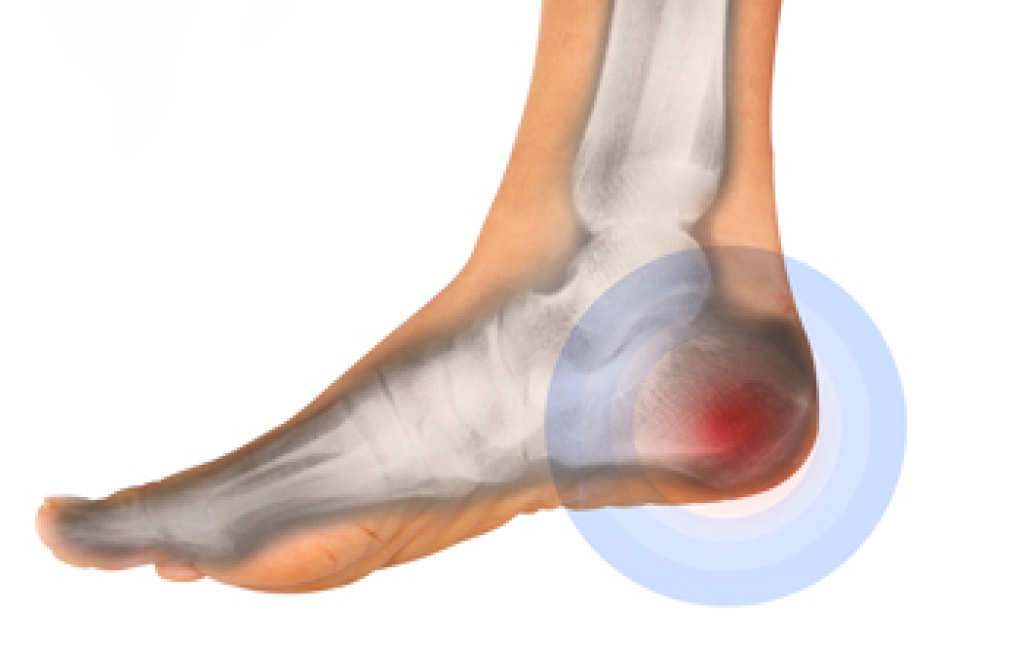
Ankle injuries are common, and it can be difficult to tell the difference between a sprain and a break. A sprained ankle occurs when the ligaments are stretched or torn, often from twisting or rolling the foot during sports or walking on uneven ground. A broken ankle, or fracture, happens when one or more bones in the ankle joint break, usually from a fall, direct impact, or severe twisting injury. Symptoms of both include pain, swelling, bruising, and difficulty walking. However, a break may cause more intense pain, visible deformity, or an inability to bear weight at all. The area might feel tender to the touch and appear misshapen or unstable. A podiatrist can perform a physical exam, take X-rays, and determine whether the injury is a sprain or fracture. Treatment may involve rest, bracing, targeted exercises, or, in some cases, surgery. If you have injured your ankle, it is suggested that you schedule an appointment with a podiatrist for appropriate treatment solutions.
Broken ankles need immediate treatment. If you are seeking treatment, contact Kent DiNucci, DPM from Ankle and Foot Clinic . Our doctor can provide the care you need to keep you pain-free and on your feet.
Broken Ankles
A broken ankle is experienced when a person fractures their tibia or fibula in the lower leg and ankle area. Both of these bones are attached at the bottom of the leg and combine to form what we know to be our ankle.
When a physician is referring to a break of the ankle, he or she is usually referring to a break in the area where the tibia and fibula are joined to create our ankle joint. Ankles are more prone to fractures because the ankle is an area that suffers a lot of pressure and stress. There are some obvious signs when a person experiences a fractured ankle, and the following symptoms may be present.
Symptoms of a Fractured Ankle
- Excessive pain when the area is touched or when any pressure is placed on the ankle
- Swelling around the area
- Bruising of the area
- Area appears to be deformed
If you suspect an ankle fracture, it is recommended to seek treatment as soon as possible. The sooner you have your podiatrist diagnose the fracture, the quicker you’ll be on the way towards recovery.
If you have any questions, please feel free to contact our office located in Omaha, NE . We offer the newest diagnostic and treatment technologies for all your foot care needs.




